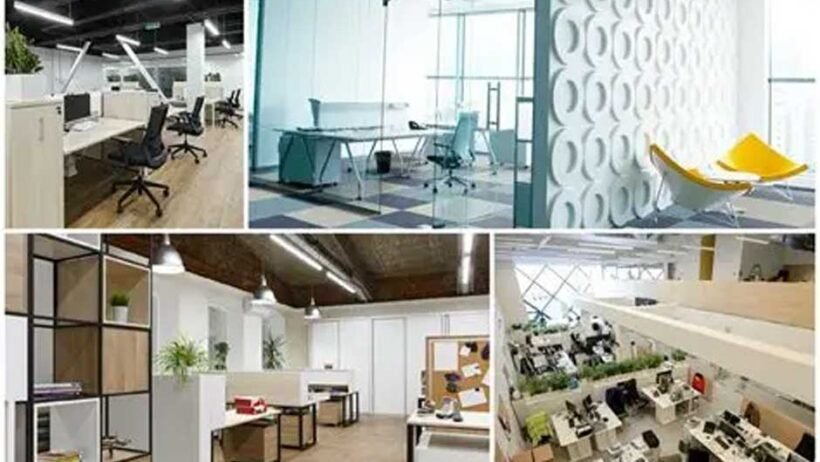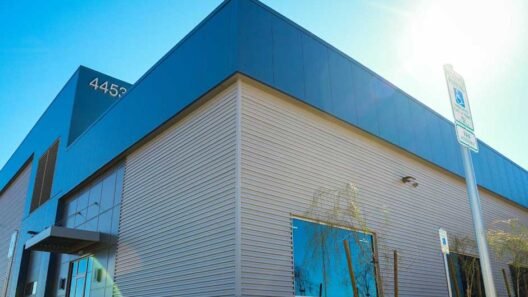The office has undergone a remarkable transformation over the past century. What once consisted of rigid rows of desks and closed-door executive suites has evolved into open, collaborative spaces designed to foster creativity and connection. But which approach actually serves businesses and employees better?
The Evolution of Office Spaces
Office design has reflected the business culture and technology of each era. The early 20th century introduced the “scientific management” approach, where efficiency meant rows of identical desks under the watchful eye of supervisors. This industrial model dominated for decades, emphasizing hierarchy and control.
The 1960s brought the first major shift with the introduction of open-plan offices. Designers promised better communication and flexibility, though results were mixed. By the 1980s and 1990s, the cubicle became the standard compromise—offering some privacy while maintaining cost efficiency.
The dot-com boom of the late 1990s and early 2000s challenged these conventions entirely. Tech companies began experimenting with unconventional layouts, introducing elements like game rooms, casual meeting areas, and flexible workstations. This marked the beginning of the modern office movement that continues to evolve today.
Traditional Office Spaces: Structure and Stability
Traditional offices follow predictable patterns: private offices for managers, assigned desks for employees, and formal meeting rooms for important discussions. These spaces typically feature neutral colors, standard lighting, and clearly defined boundaries between work areas and common spaces.
Advantages of Traditional Offices
Privacy and concentration top the list of benefits. Employees can focus on complex tasks without constant interruptions from colleagues. Phone calls remain confidential, and sensitive documents stay secure on individual desks.
Clear hierarchy and structure help new employees understand reporting relationships immediately. When the corner office belongs to the department head, there’s no confusion about who makes final decisions.
Reduced distractions create an environment where deep work thrives. Without the constant buzz of nearby conversations or the visual stimulation of moving colleagues, many people find it easier to maintain concentration for extended periods.
Drawbacks of Traditional Offices
Limited collaboration often frustrates teams working on joint projects. Scheduling formal meetings for every discussion slows down decision-making and reduces spontaneous idea-sharing.
Higher real estate costs make traditional offices expensive to maintain. Individual offices require more square footage per employee compared to open arrangements.
Rigid layouts resist change when teams grow, shrink, or restructure. Moving walls and reassigning offices becomes a major undertaking that disrupts productivity.
Modern Office Spaces: Flexibility and Connection
Modern offices embrace open floor plans, flexible furniture, and diverse work zones. These spaces often feature natural lighting, vibrant colors, and a mix of workstations designed for different activities—from quiet focus work to energetic brainstorming sessions.
Advantages of Modern Offices
Enhanced collaboration happens naturally when barriers disappear. Team members can quickly share ideas, ask questions, and solve problems together without formal meeting requests.
Flexibility allows organizations to adapt quickly to changing needs. Modular furniture and open spaces can be reconfigured for new projects, growing teams, or different work styles.
Cost efficiency makes modern offices attractive to budget-conscious organizations. More employees fit into less space, and shared resources reduce duplicate equipment and furniture costs.
Employee attraction and retention benefit from modern office appeal. Many workers, particularly younger generations, prefer dynamic environments over traditional cubicles.
Drawbacks of Modern Offices
Noise and distractions create the most common complaints about open offices. Conversations, phone calls, and general activity can make concentration difficult for tasks requiring deep focus.
Lack of privacy affects both work quality and employee comfort. Confidential conversations become challenging, and some employees feel constantly observed.
Health concerns include increased illness transmission and stress from overstimulation. Some studies suggest open offices contribute to higher sick leave rates and reduced job satisfaction.
Current Trends Reshaping Office Design
Activity-based working has emerged as a popular compromise between traditional and modern approaches. Instead of assigning permanent desks, employees choose from different zones optimized for specific tasks—quiet areas for focused work, collaborative spaces for teamwork, and casual areas for informal meetings.
Biophilic design incorporates natural elements like plants, natural lighting, and organic materials. Research shows these elements can reduce stress, improve air quality, and boost creativity.
Technology integration goes beyond providing Wi-Fi and computers. Smart offices use sensors to optimize lighting and temperature, booking systems for meeting rooms, and apps that help employees navigate and personalize their workspace experience.
Wellness-focused amenities reflect growing awareness of employee health and work-life balance. Modern offices increasingly include fitness facilities, meditation rooms, healthy food options, and ergonomic furniture. For businesses looking to furnish these wellness-oriented spaces, there is comprehensive office furniture available in Las Vegas and other major cities to support these initiatives.
Hybrid work support has become essential as remote and flexible work arrangements continue. Offices now need to accommodate employees who split time between home and office, with hoteling systems, better video conferencing technology, and flexible storage solutions.
The Future of Office Design
The next decade will likely bring even more personalization and adaptability to office spaces. Artificial intelligence may help optimize layouts based on actual usage patterns, automatically adjusting lighting, temperature, and even furniture arrangements throughout the day.
Neighborhood-style offices are gaining traction, where different areas serve distinct purposes—much like different neighborhoods in a city. Employees might move between a “residential” quiet zone for focused work and a “downtown” collaborative hub for meetings and social interaction.
Sustainable design will become increasingly important as organizations commit to environmental responsibility. This includes energy-efficient systems, sustainable materials, and designs that can adapt rather than require complete reconstruction when needs change.
Health and safety considerations, accelerated by pandemic concerns, will continue influencing office design. Better ventilation systems, antimicrobial surfaces, and layouts that can quickly adapt to social distancing requirements may become standard features.
Conclusion
Neither traditional nor modern offices represent a perfect solution for every organization. The best approach depends on your company culture, work requirements, budget, and employee preferences.








